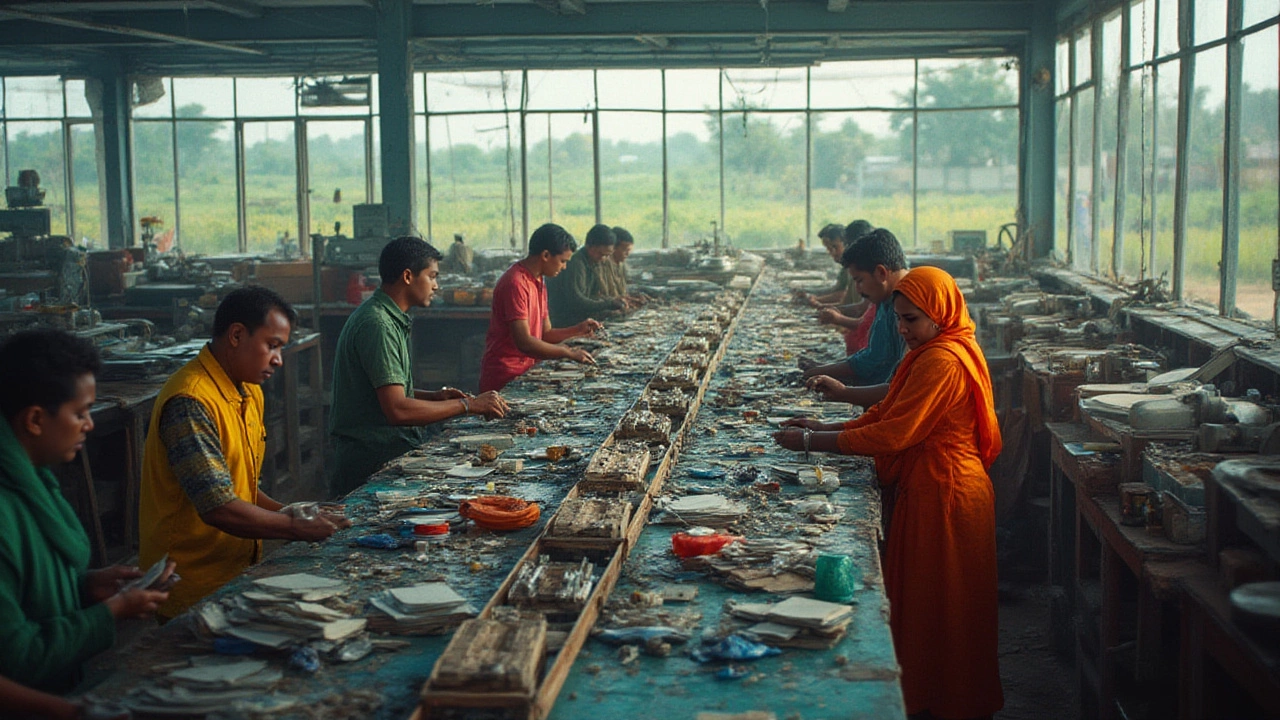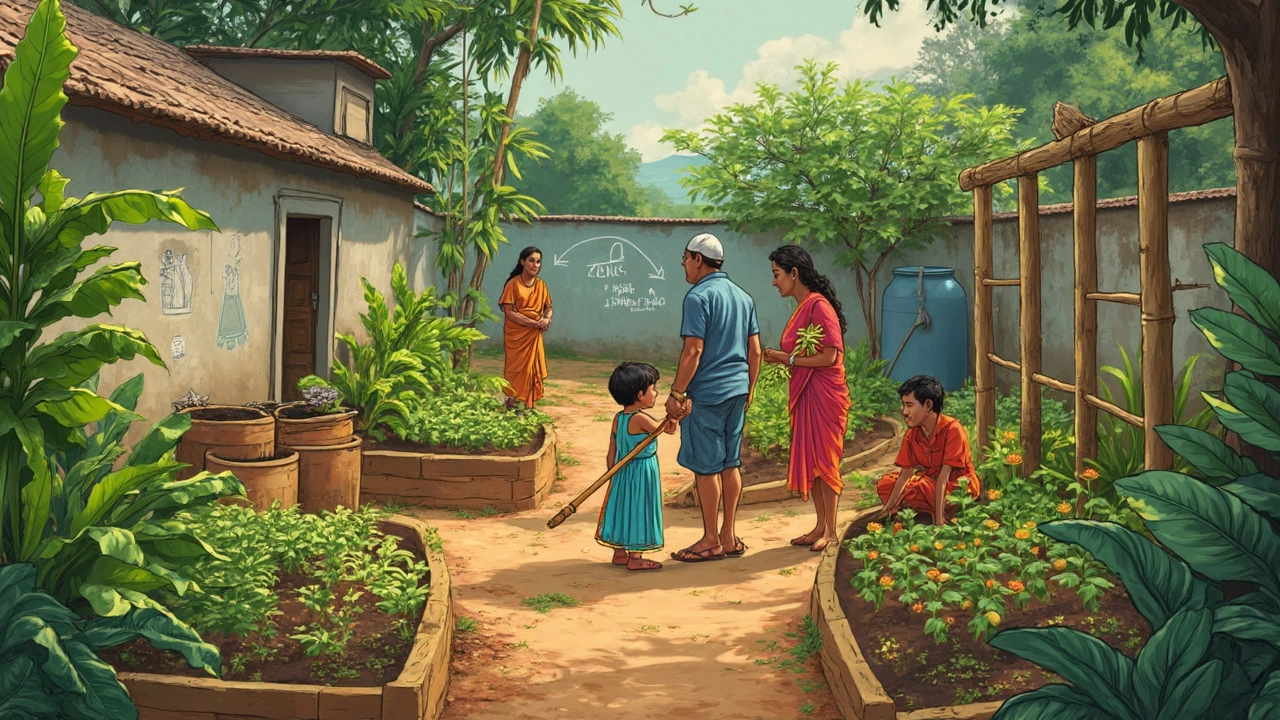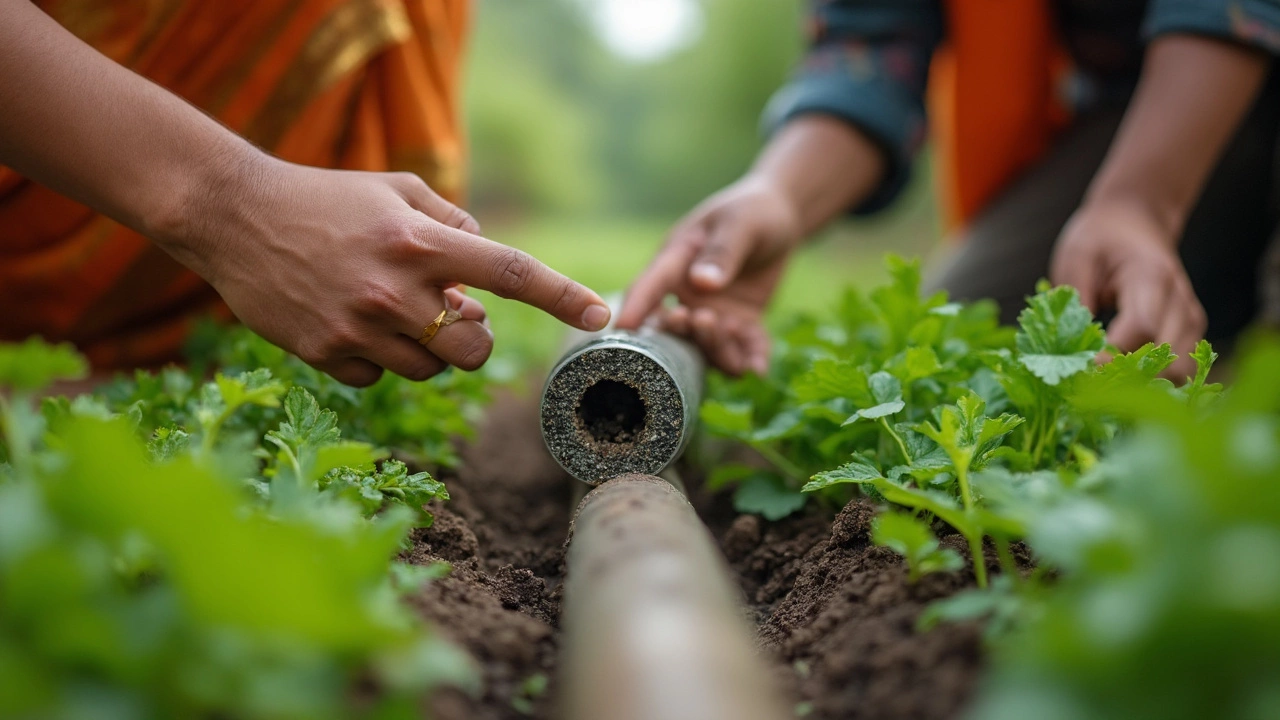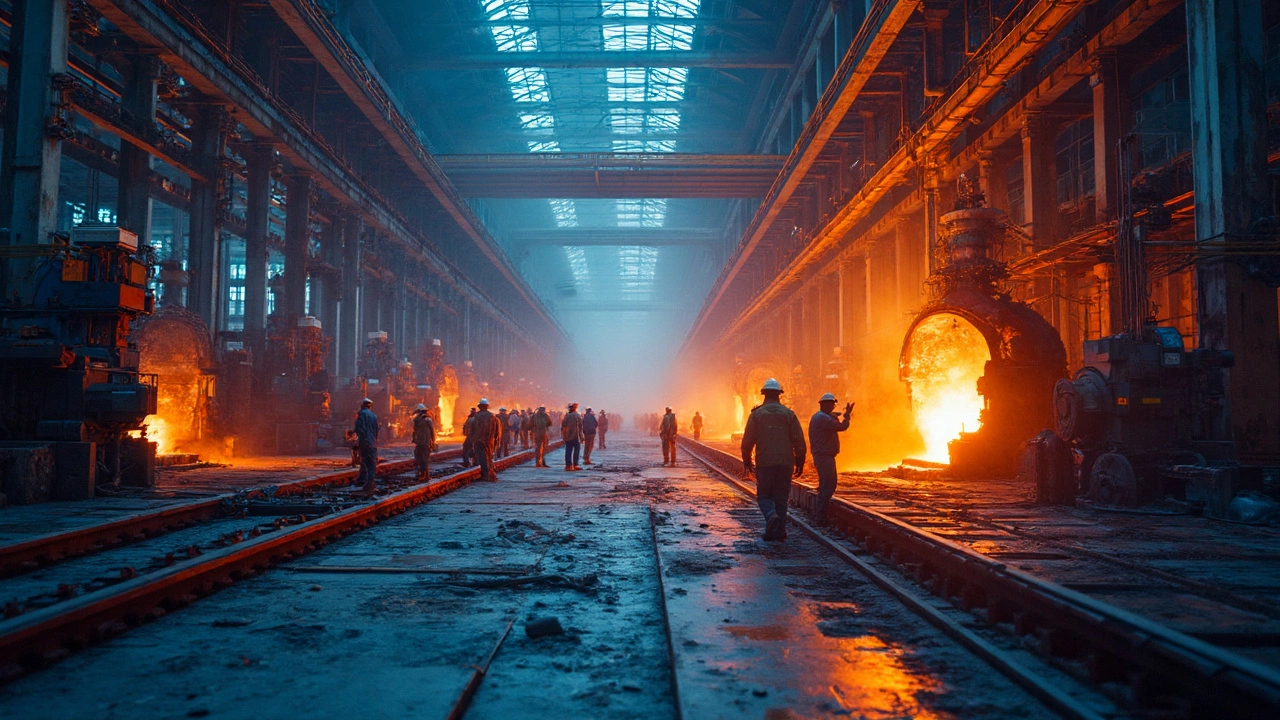Manufacturing Impact: Trends, Jobs, Plastic Demand & Steel Quality
When working with manufacturing impact, the way production activities shape the economy, environment, and society. Also known as industrial impact, it influences everything from a factory floor’s energy use to a town’s job market. One major driver is plastic demand, the growing need for recycled polymers in 2025 and beyond, which pushes manufacturers to adopt new resin blends and recycling loops. Another key piece is factory jobs, skilled positions that keep plants running efficiently; without a solid workforce, even the best technology stalls. Finally, steel quality, the strength and consistency of alloy used in tools and structures determines how reliably a product can be built and sold. In short, manufacturing impact encompasses plastic demand, requires skilled factory jobs, and is heavily influenced by steel quality.
Why It Matters for India’s Economy and Environment
India’s manufacturing sector is at a crossroads. On one side, rising factory jobs in sectors like automotive, pharma, and textiles are creating middle‑class income streams that fuel consumer demand. On the other side, the push for greener production means manufacturers must track plastic demand closely. Recycled PET (rPET) and rHDPE are now top‑selling resins because they cut carbon footprints and meet stricter government guidelines. When a plant switches from virgin to recycled plastics, the manufacturing impact shifts from a high‑emission profile to a more sustainable one, directly affecting local air quality and water use.
Steel quality plays a similar role in the impact chain. Better‑graded steel reduces waste during machining, lowers energy consumption, and improves product lifespan—all factors that lessen environmental strain. Companies that source high‑grade steel often report lower defect rates, which translates to fewer recalls and less material ending up in landfills. This creates a feedback loop: stronger steel boosts product durability, which in turn lessens the overall manufacturing impact.
Car sales illustrate how market signals steer manufacturing decisions. A slowdown in vehicle purchases forces auto factories to rethink production volumes, staffing needs, and material choices. When sales dip, manufacturers may pivot to exporting excess steel or repurposing plant lines for higher‑margin products like electric‑vehicle components, again reshaping the impact landscape.
The textile industry adds another layer. States famed for fabric—like Gujarat and Tamil Nadu—are seeing a surge in sustainable cotton processing, which modifies both plastic demand (through biodegradable packaging) and factory job profiles (more emphasis on eco‑certification). These shifts show that manufacturing impact isn’t a static figure; it evolves with consumer trends, policy changes, and technology upgrades.
All these threads—plastic demand, factory jobs, steel quality, car sales, and textile innovation—intertwine to form the bigger picture of manufacturing impact in India today. Understanding how each piece fits helps businesses make smarter choices and lets policymakers craft rules that protect both growth and the planet.
Below you’ll find a curated collection of articles that dig deeper into each of these topics, offering data, real‑world examples, and actionable tips to navigate the ever‑changing manufacturing landscape.
How Manufacturing Boosts Local Economies and Improves Societal Welfare
Explore how manufacturing impacts jobs, community welfare, and the local economy with honest facts, true-life examples, and concrete advice for 2025.
- manufacturing
- India
- food processing
- garden tips
- rice cultivation
- government schemes
- balcony garden
- urban gardening
- balcony gardening
- profitable business
- business ideas
- plastic manufacturing
- drip irrigation
- plant care
- steel manufacturing
- sustainable gardening
- startup ideas
- steel industry
- flower gardening
- textile manufacturers






